Every cannabis farm and farmer is different, so naturally, each growing style will be different as well. There are a lot of factors that may determine which method is right for you. While personal preference is one of them, your growing space, financial situation, and climate are others. Delving into what each style has to offer and knowing their differences provides a better understanding of which direction you take.
If you live in an area similar to ours, with a perfect climate for growing cannabis, then full-term outdoor may be a great choice. Overall, it's the least expensive and most sustainable method. This is a natural way -- how cannabis grew before we started cultivating it for our gain. Depending on your desired outcome, you can make full-term outdoor as straightforward or as advanced as you'd like. The simplest method consists of a seed dropped in the dirt and fed only with water. Some prefer to plant in raised garden beds, others directly in the earth. Whatever you decide, this will be your easiest growing method. Typically, pruning is minimal when grown outdoors, allowing the plant to fill out and absorb the sun’s rays in abundance. It's also the least hands-on work of all the growing methods, making this perfect for the small farmer with little to no additional help.
There are a few challenges you may face if you decide to go entirely outdoors. Pests will be nearly impossible to keep away, even with preventative integrated pest management (IPM) regimen and the use of predator bugs. The weather will be another challenge. While we would only plant outdoors in the right climate, you still run the risk of a random rainstorm, hail, fire, or strong winds. These forces of nature can hurt your crop and you won't have much of a defense system. Another thing to keep in mind is you will only have one harvest per year. Other methods offer solutions for multiple harvests, but full-term outdoor limits the number of flowering days available.
Perhaps you want to keep your plants outside but hope to have a little more control over the elements. Then light-dep hoop houses might be right for you. The use of pull-over tarps to manipulate the plant's sun exposure will allow you to complete two to three growing cycles throughout the year. Compared to full-outdoor, activities such as pulling tarps and pruning for airflow or plant structure will require additional hands-on work. You will still face pest problems as you would with full outdoor, but more of a defense system against the natural elements such as rain and wind is an upside. Light-dep hoop houses tend to be a prevalent method in areas where the climate is right for growing cannabis because of the balance between environmental control and production costs.
If your financial situation allows, you may want to modify the hoop house style to something more automated, like an intentional/integrated greenhouse system (our personal favorite). The environment, such as humidity and sunlight exposure, is more manageable to control inside of a greenhouse, all while still allowing natural sunlight to be your plants' primary source of light. With this control, you gain the opportunity of cultivation throughout the year. Having a light-deprivation greenhouse also allows you to automate your tarping schedule, rather than doing it by hand. While this saves some labor, you can count on the additional potting, transplanting, and pruning to make up for it.
As for pests, not only is it more difficult for them to make their way inside, but you also have the opportunity to spray in a contained environment. This makes IPM regimens a little more reliable. However, if an infestation does occur, it could contaminate your whole crop very quickly, so keep a close eye out and take precautionary steps.
If you're in an area where you can't grow outside, then indoor may be the only way for you to go. This method gives you complete control over the environment, allowing you to dial in what your plant wants with extreme accuracy. In large indoor operations, often there are multiple rooms, giving you access to perpetuating harvest cycles all year round. If there are separate rooms, pests and other contaminants stay localized, limiting your chance of full-crop contamination. As with the greenhouse, it's essential to keep a close eye out for pests and take proactive steps before the problem is apparent.
An indoor operation can be as small as your closet or as large as a warehouse. Regardless, it is by far the most expensive route you can take. Your overhead costs will be much higher, and the amount of hands-on work required increases. Indoor is also the least sustainable in general, due to a large amount of energy needed to power lights, watering systems, etc. Some of the more extensive operations are turning to solar power to make their methods more environmentally friendly.
Will you choose seeds or clones? Seeds will start more slowly and are typically a less defined outcome due to the slight variations between genotypes. Because of this, you may get two plants of the same strain that look and smoke differently. However, plants from seeds are typically more vigorous. They also give you the ability to hunt for your favorite genotype to clone off of for future crops. Clones will produce a consistent product and give you a quicker start to your growing cycle. However, they are typically not as strong as from-seed plants (especially if cut from an older mother), and the possibility of pests or viruses increases if purchased from an unverified source.
If you are interested in learning more about Giving Tree Farms' growing methods or the product we have available, please complete a wholesale account form. We will contact you soon. Happy cultivating!

